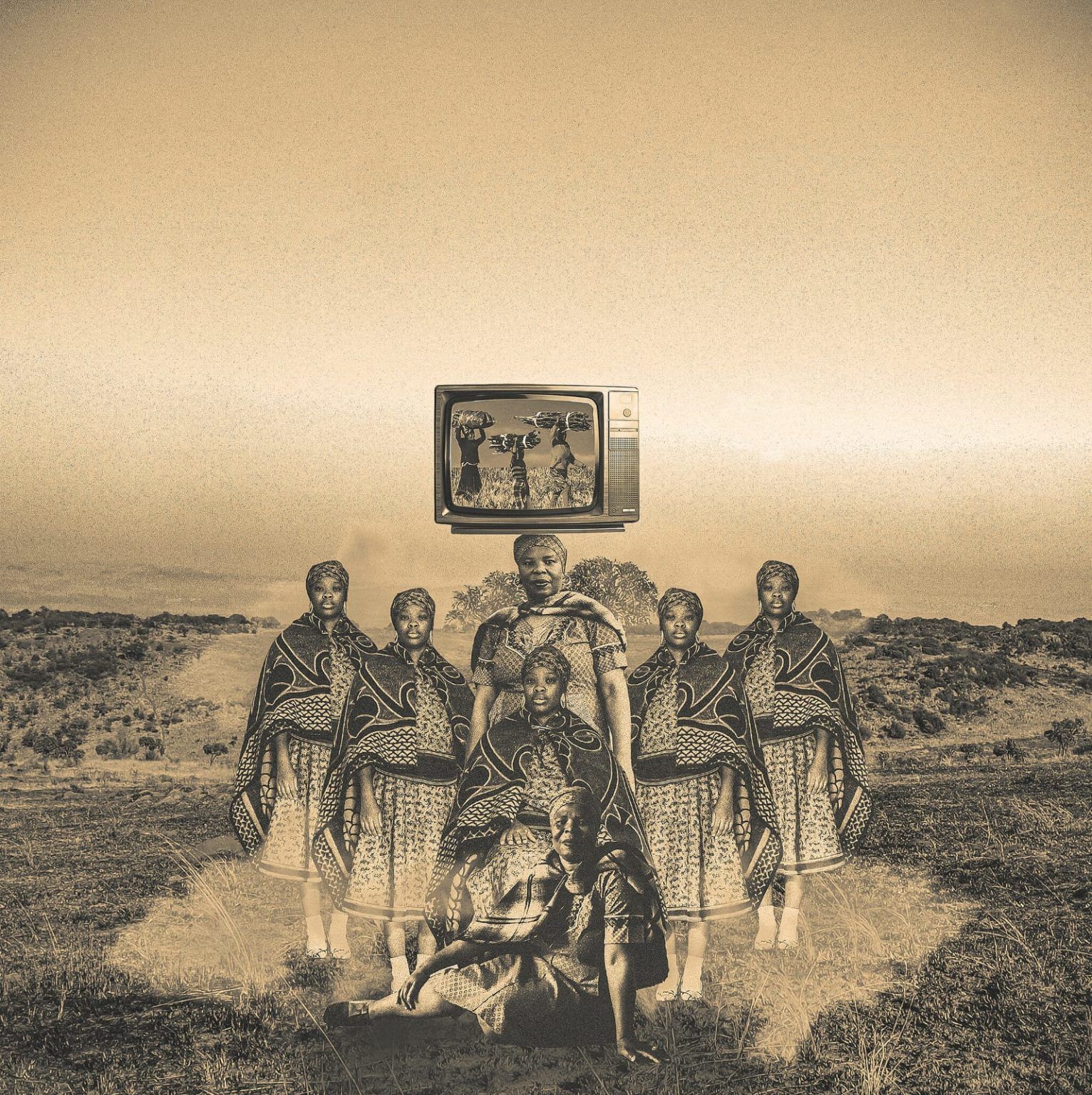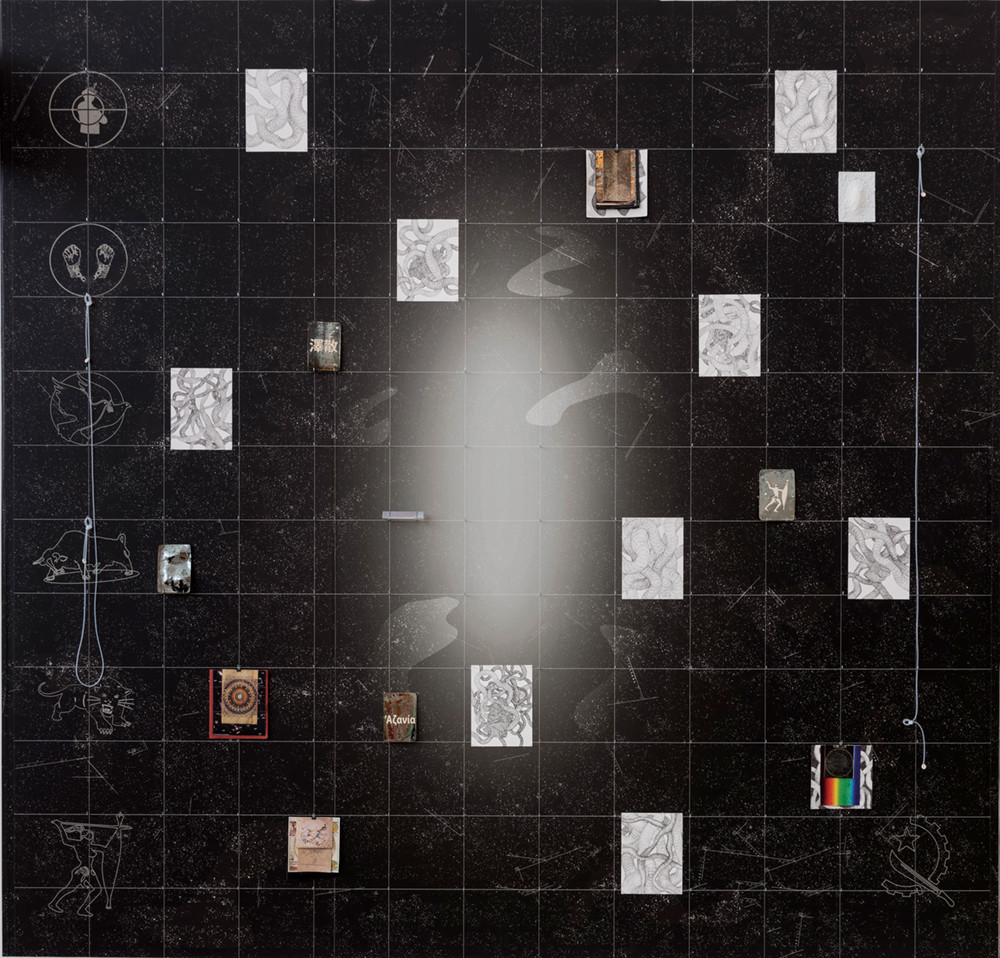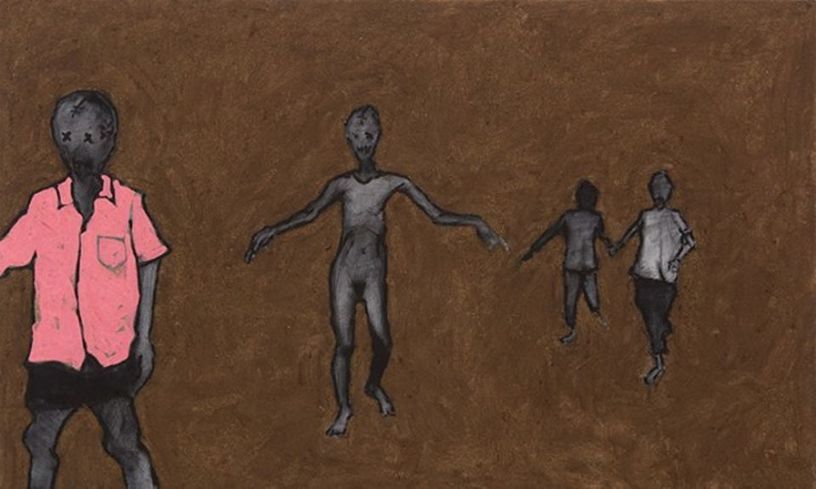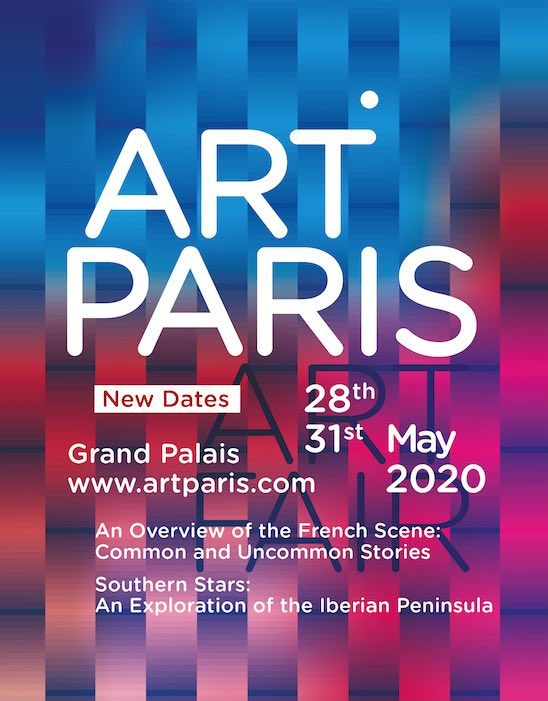New Media Art and Technology in Africa – Part I
Introduction
Immersive installations, multi-sensory, and interactive art experiences are all an integral part of Africa’s dynamic contemporary art scene. In a globalised and hyper-connected art world, a new generation of artists are using technology to create and disseminate their work. Despite the existing and growing body of video, film, multi-media installations and digital artworks by artists from Africa, and its diaspora, there are few studies that have focused on new media scenes in and across Africa, specifically.
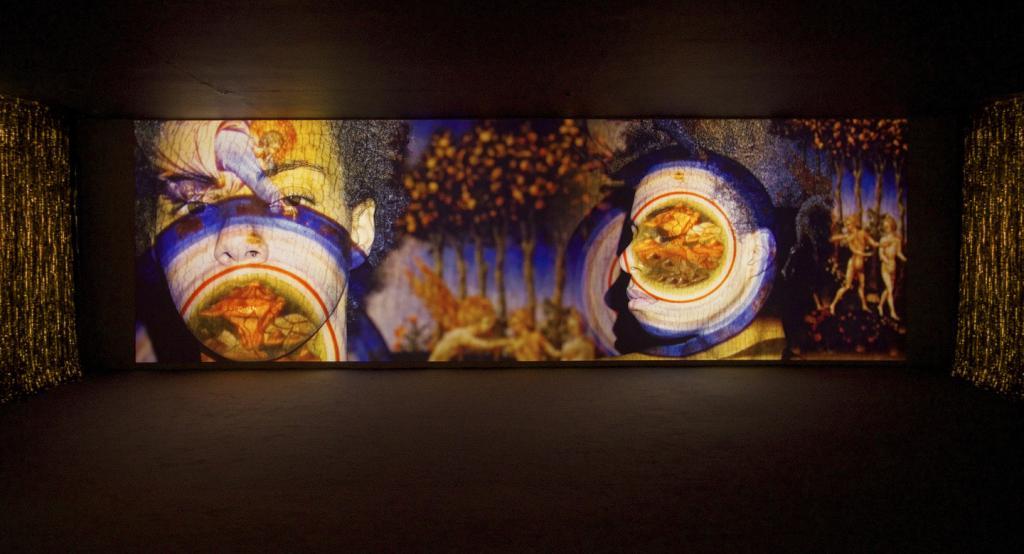
Art history in Africa is often overlooked or, as harmful, taught in the context of a Western perspective. A polycentric and in-depth approach to the history of African contemporary art scene helps uncover developments that led to a vibrant art scene in Africa that fully utilizes technology, in all of its potential. African artists themselves are at the forefront of aesthetic innovation and conceptual exploration, creating artwork that examines socio-economic and political realities, traditions, and the diversity of experiences on the continent and in its Diaspora.
This new series comes with a caveat – there is a clear understanding that the art scene in Africa is incredibly varied; each country has their own practice; each artist has their own personal story. Africa is not a monolith, Artskop3437 is specifically founded on elevating the diversity of artistic experience from the continent. Increasing visibility of Africa’s talent in the contemporary art scene can take several shapes including this running series. We aim to add to the digital conversation public space with both comprehensive pieces, as well as dedicated deep dives and interviews with artists from the continent, and its diaspora.
This series provides an opportunity to examine the cultural, socio-economic, political and technological factors that have given rise to the development of new media art in Africa in the context of a global art history, with a particular focus on questions of performativity, identity politics and trans-national exchange. While there are legacies of traditional art styles like Constructivism and Geometric abstractions, combined with visual investigations of immigration, globalization, and post-colonialism in the scope; also, part of the continent’s practice is material play including digital art.
Tech x Art
Digital art is an artistic practice that uses digital technology as part of the creative or presentation process and is a foundational part today’s cutting-edge contemporary art, made possible by the rapid evolution of technologies. It’s both part of the digital production and distribution of art and rests under the larger encompassing term of new media art. New media art is artwork that is created with new media technologies, this includes digital art, computer animation, virtual art, Internet art, interactive art, computer graphics and robotic, 3D printing, cyborg art, and art as biotechnology.
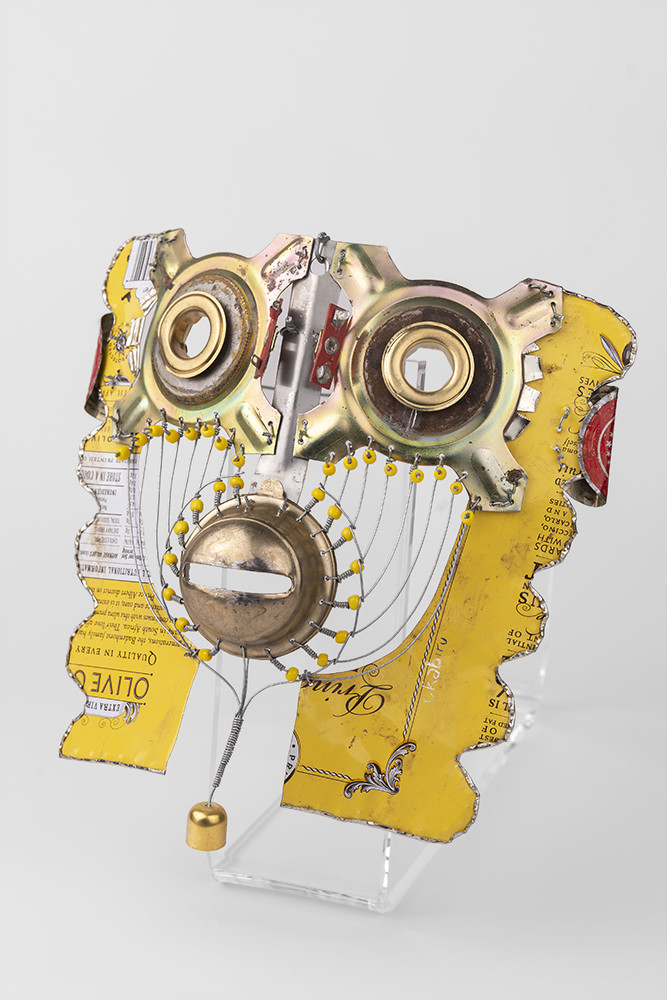
Limau (Lemon)
2019. Mixed Media
Macho Nne Limau
2019. C-Type Print on Diasec Mount
© Courtesy SMAC Gallery
Artists in Africa are not limited by only tapping into the prolific artisanal knowledge of the continent, but also creating work in decidedly novel ways. Kenyan painter and sculptor Cyrus Kabiru, defies the ideas of contemporary modernisation with work that deals with the transformation of modernisation and the idea of the future. He is best known for his sculptural spectacles or “C-Stunners.” The ‘Afrodazzled’ glasses were made from recycled material and found material in Nairobi. His mixed media art challenges genres, and reflects not only his Kenyan roots but his international outlook.
New media tools overlapping materialism study is also a central part to Portuguese-Angolan artist Pedro Pires visual language. His practice focuses on exploring questions around stereotypes and identity. He creates sculptures and paper works that incorporate a wide range of mediums, such as plastic containers and rafia brooms to industrial metal grinders. Pires’s practice works to explore questions about stereotypes and identity as well as the utilitarian histories of mass-production and exploitation.
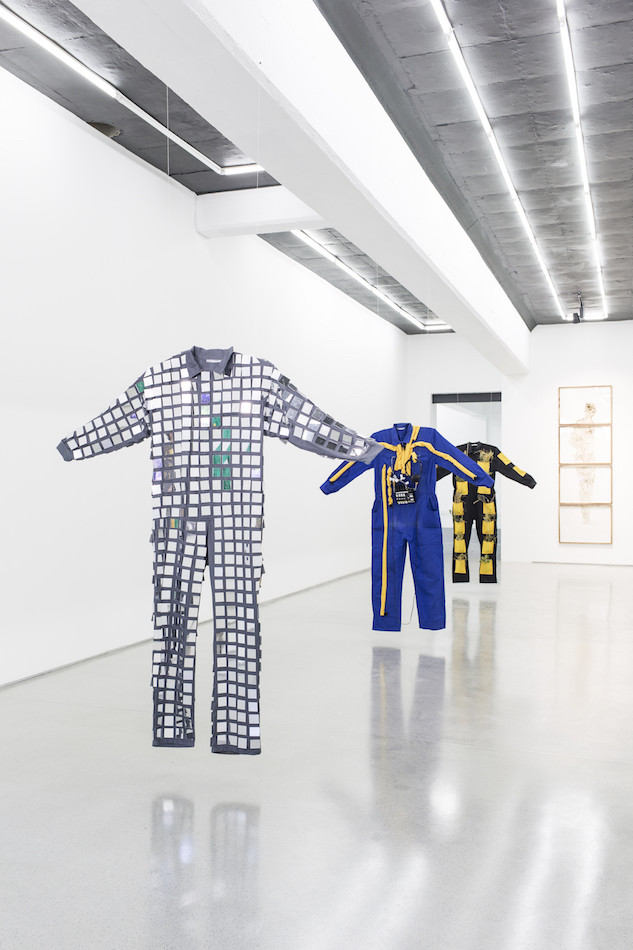
The medium of sculpture, including light, sound and projection encompasses an inventive multiplatform means of exhibiting and sharing content. Using technology to reveal the local, while existing in the global gives artists an enormous scope for production. Algerian multimedia artist Atef Berredjem‘s body of work uses technology to examine contemporary society; specifically, subtle manifestations of power in daily life. In one of his works, Continuum (2014) a double screen video installation shows a street corner in Algiers with an accompanying quote by Larbi Ben M’hidi (revolutionary leader during Algeria’s war of independence) handwritten on the wall ‘Throw the revolution into the street and it will be born aloft by the people,’ juxtaposing the recent wave of revolution in the North African country and the continued status quo.
Digital art work acts as a bridge from the contemporary world into the past, examining histories and ancient traditions in new ways as part of the process. South African mixed media artist Nandipha Mntambo uses digital tools to explore ideas around traditional gender roles, body politics, and identity. South African photographer and digital artist Puleng Mongale’s work examines a variety of themes, including a running social commentary on labor relations and the legacy of domestic work in South Africa. In her conceptual and stylised series, When the Madame is Away, the Help will Slay Mongale interrogates the conditions of Blackness within the historical and socio-political ecology of South African society.
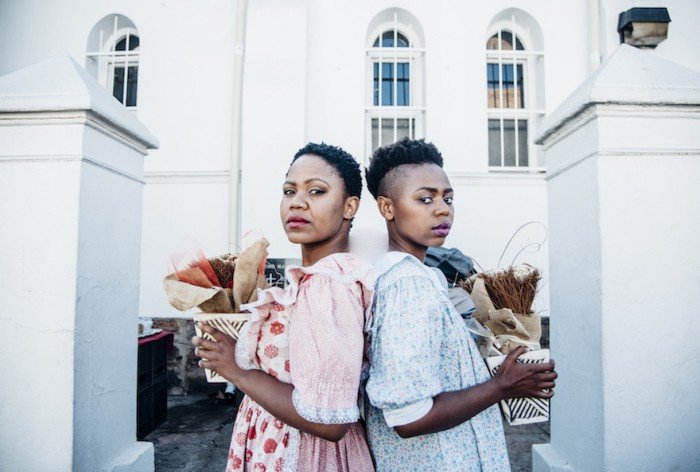
Using Technology to Reclaim/Create Narratives
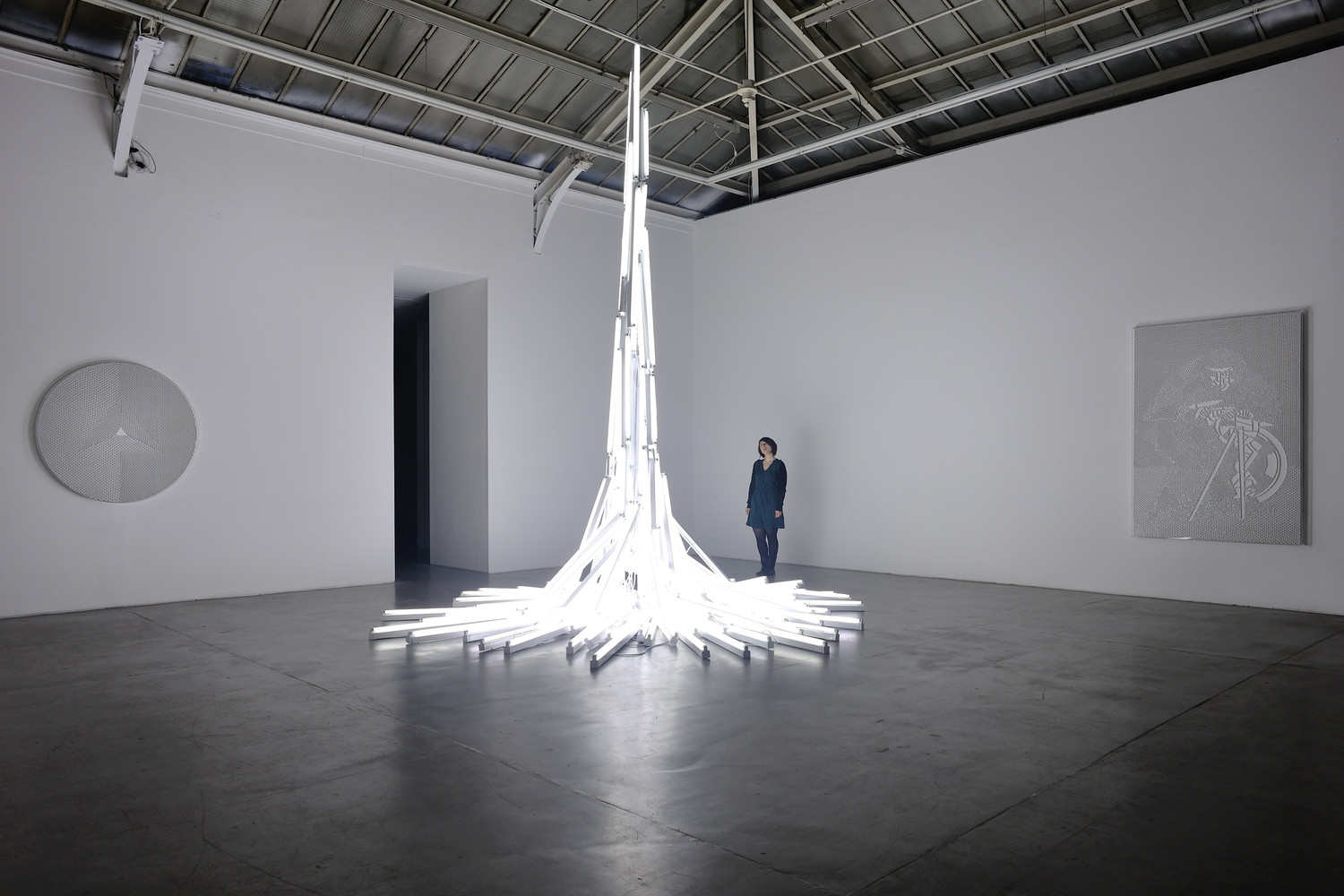
Mounir Fatmi, a Moroccan artist working in Paris multimedia practice encompasses video, installation, and sculpture whose artistic research investigated the history of technology and its influence on popular culture. Working “through the prism of trinity comprising of Architecture, Language, and Machine” Fatmi work focuses on the transformation of objects and their context by immersing viewing in distinctly spatial experiences.
Dutch-Ethiopian video artist and filmmaker Theo Eshetu extensive body of work also examines challenging narratives and the exploration of cultural identity. Through electronic time-based media and optical devices as a tool Eshetu’s work seeks to question the hegemonic status of television in a multicultural context. Elements of fractal repetition, kaleidoscopic mirroring, multi-screen projections, and mosaic-like patterning are all elements found in his artwork.
Technology and new media play a role in not only showcasing and sharing vital new art from African nations and the diaspora, but also its production. New media artists working in the continent exhibit a contemporary mindset with definitive African roots. With artwork that delves into the continent’s collective memory and identity of Africans and of their diaspora
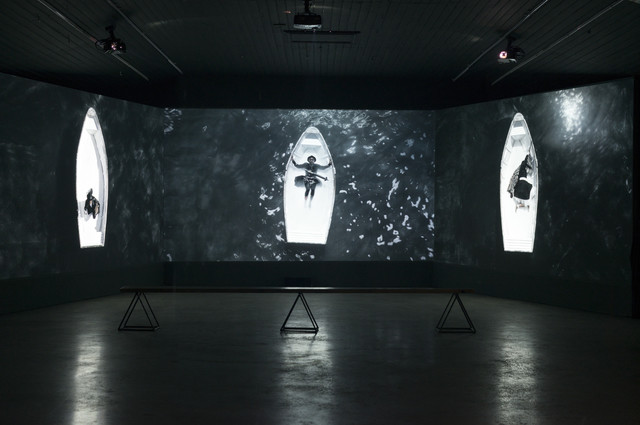
South African artist Mohau Modisakeng, practice also centralizes the process of investigation. His body of work reflects his own personal experience of growing up in Apartheid and post-Apartheid South Africa. New media is the part of the overture of dialogue in in his 2017 art work Passage. The artwork’s three-channel projection invites the audience to focus on the central themes of violence, ritual, and slavery’s dismemberment of African identity. Justifiably, interrogating concepts of knowledge, power and violence is a, justifiably, common topic.
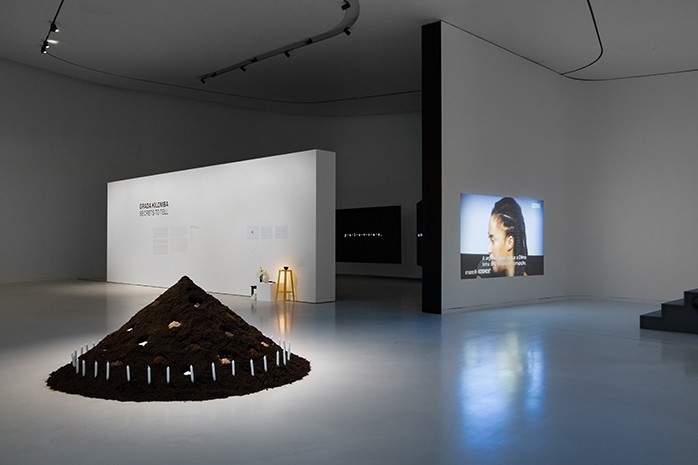
‘What stories are told? How are they told? And told by whom?’ are constant questions in Grada Kilomba body of work. Kilomba is a Portuguese interdisciplinary artist, psychologist, and writer who has roots in in São Tomé e Príncipe and Angola. Her work critically engages with memory, gender, racism, and post-colonialism. She uses a wide array of digital art, sound art, and other forms of experimental formats as part of her process – performances, readings, and video installations to revise post-colonial narratives. In her audiovisual project-installation Secrets to Tell offers a new perception on African oral traditional and retelling histories of previously silenced narratives. Technological tools have been significant in reclaiming and introducing new narratives.

